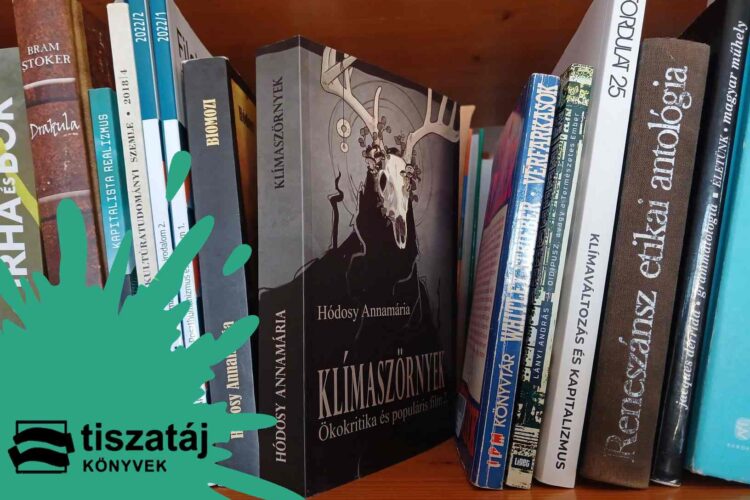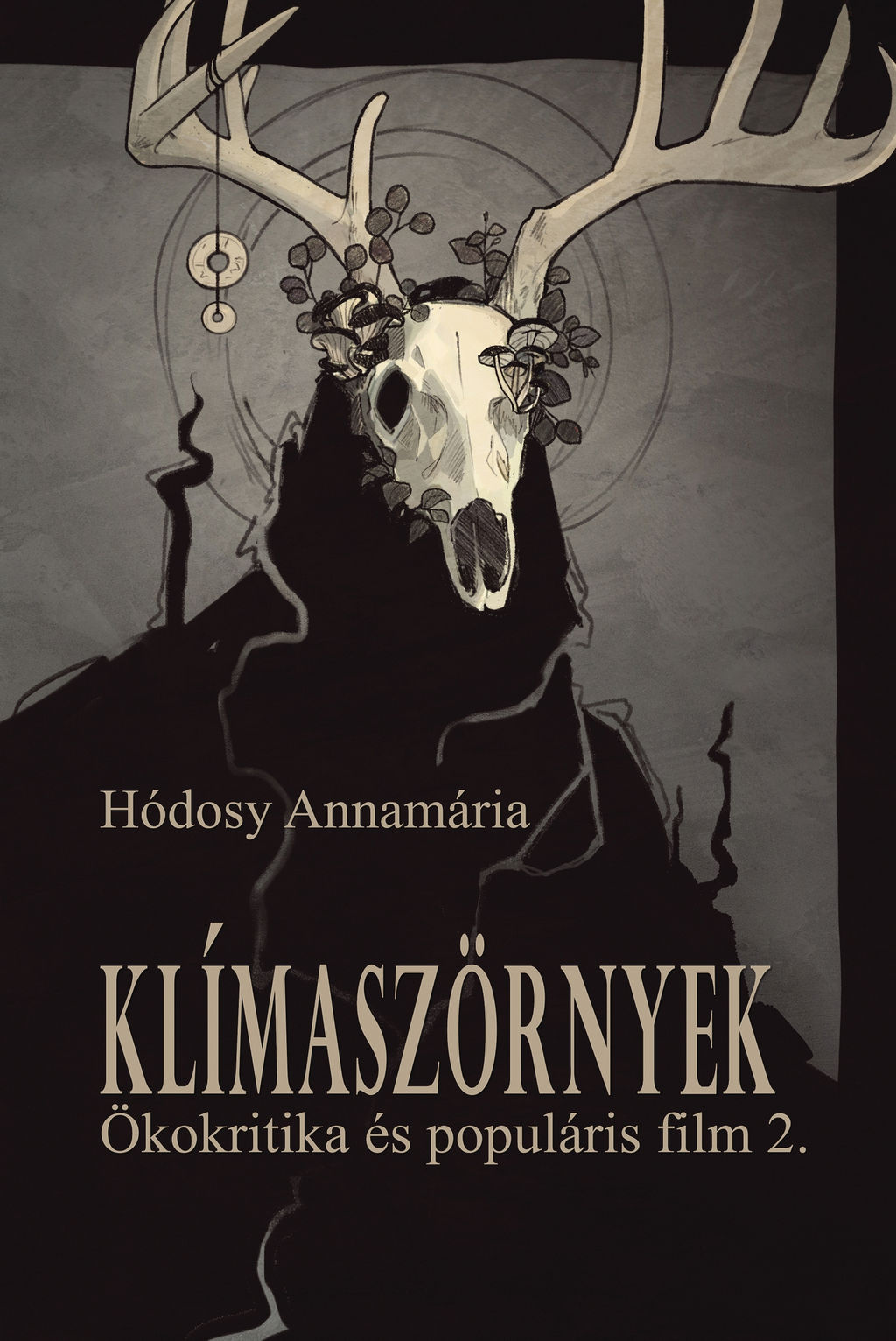Annamária Hódosy: CLIMATE MONSTERS - Ecocriticism and Popular Film 2.
Release date: 15 February 2024.
Published by the Tiszatáj Foundation
Edited by Ákos Tóth
Cover graphics: Kitti Farkas
Cover typography: Babett Farkas
The volume was supported by:
National Cultural Fund (NKA) - Hungary
© Annamária Hódosy, 2023.
MTMT Database: Climate Monsters
Tiszatáj könyvek - Szeged (2023)
Responsible publisher: Róbert Hász
Volume plan: Gábor Annus
Printing: Innovariant Nyomdaipari Kft.
Responsible manager: György Drágán
Format: FR/5 (~A5), softcover book
ISBN 978-615-5618-43-7
(ISBN: 9786155618437)
ISSN 1417 314 X
| INTRODUCTION TO ECOTERATOLOGY | 7 | SHAPE-SHIFTING IDEAS OF NATURE (The evolution of werewolf and wendigo films) | 55 |
| THE ECOGOTHIC VAMPIRE (From ecophobia to anti-capitalism in vampire films) | 105 | ZOMBICENE (Decomposing society and solidarity economy) | 153 |
| MUTATION AS METAPHOR (Recycling mythologies) | 203 | TOXIC AVENGERS (Waste management in movies and trash films especially) | 259 |
| THE SUPERHEROES OF THE CAPITALOECENE (Ecopolitics in the Marvel universe) | 301 | VEGANSTRUCTION, OR TALKING PLANTS (Fitosemiotic exit) | 345 |
| BIBLIOGRAPHY | 397 | FILMOGRAPHY | 427 |
- Detailed presentation of the chapters -
In the following you can read a summary and some citations from each Chapter of the book, from which you can see what it is about.
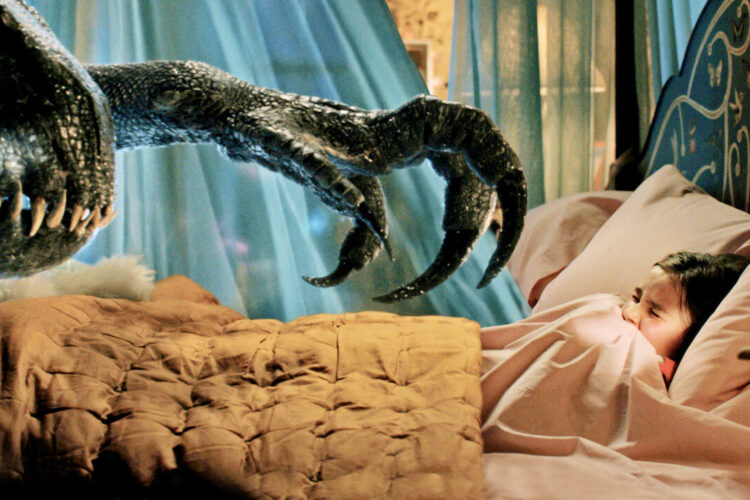
Climate Monsters: Chapter 1. - INTRODUCTION
Over the past two decades, countless collections of essays have dealt with the subject of horror and monsters, and serious critical monographs focusing on the so-called “eco-horror” have appeared on the market at about the very time when it became generally accepted that the Holocene had ended and that we were now living in the Anthropocene.
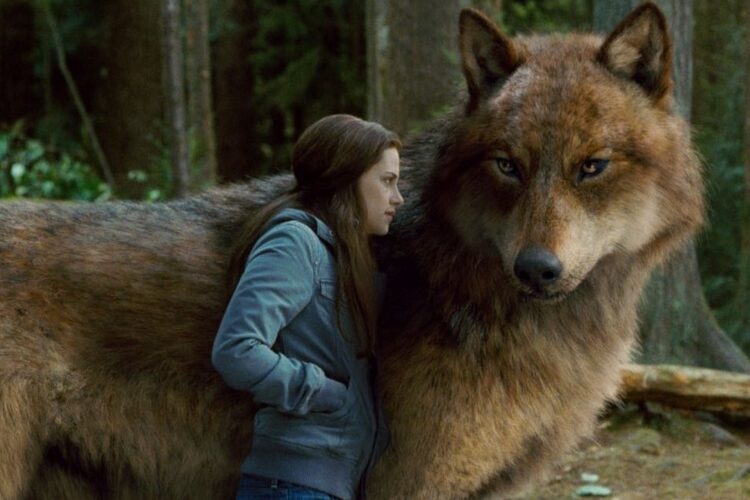
Climate Monsters: Chapter 2 - SHAPE-SHIFTING IDEAS OF NATURE
The chapter shows how the werewolf has been transformed from a symbol of the shameful animal aspects of human existence to an icon of peaceful coexistence with nature and sustainability.
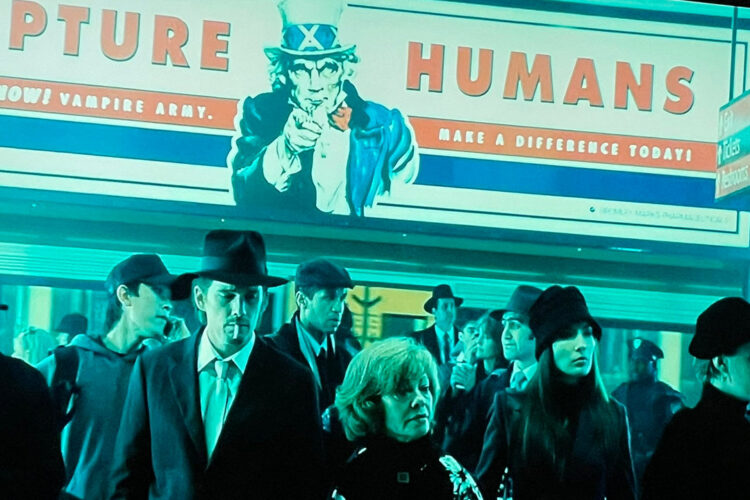
Climate Monsters: Chapter 3 - THE ECOGOTHIC VAMPIRE
Like shapeshifters, vampires can also carry ecological messages: they represent the exploitation of natural resources, while in Twilight they have become sympathetic characters precisely because they feel guilty and try to do something about it.
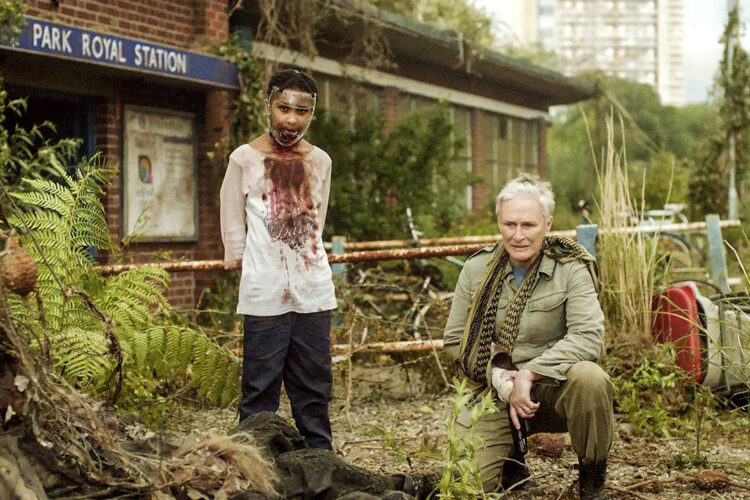
Climate Monsters: Chapter 4 - ZOMBICENE
In the ‘typical’ contemporary zombie narrative, the repulsive undead represent the most underprivileged sections of society; they are associated with those excluded from the system of care, and sometimes the zombie plague is even perceived as the threat of ‘migration’.
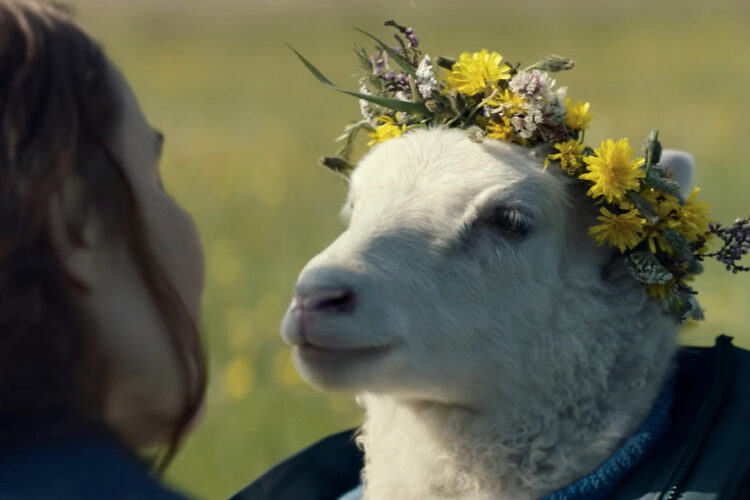
Climate Monsters: Chapter 5 - MUTATION AS METAPHOR
One of the ways in which modern monsters are created is through mutation, which in the past was often presented as a consequence of chemical contamination, but is now increasingly seen as a side-effect of infection, or the result of some kind of biotechnological intervention to overcome the biological limits of human existence.
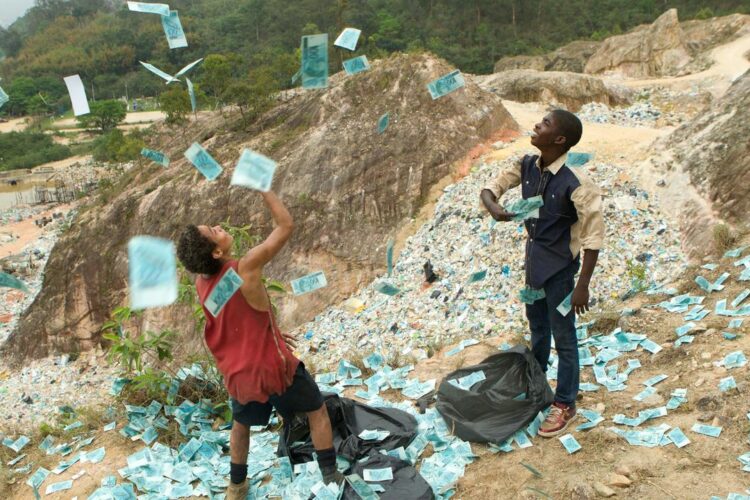
Climate Monsters: Chapter 6 - TOXIC AVENGERS
The chapter examines films the monsters of which in some way represent the ecological problems posed by the accumulation of trash and inappropriate waste management.
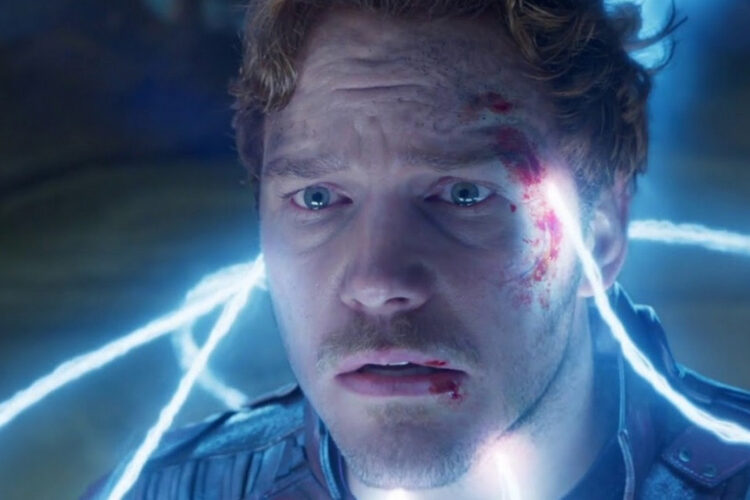
Climate Monsters: Chapter 7 - THE SUPERHEROES OF THE CAPITALOECENE
The problem of the climate crisis was introduced into the Marvel’s superhero universe rather unexpectedly with the appearance of Thanos in 2018’s Avengers: Infinity War, who threatens to halve the population of the universe for ecopolitical purposes.
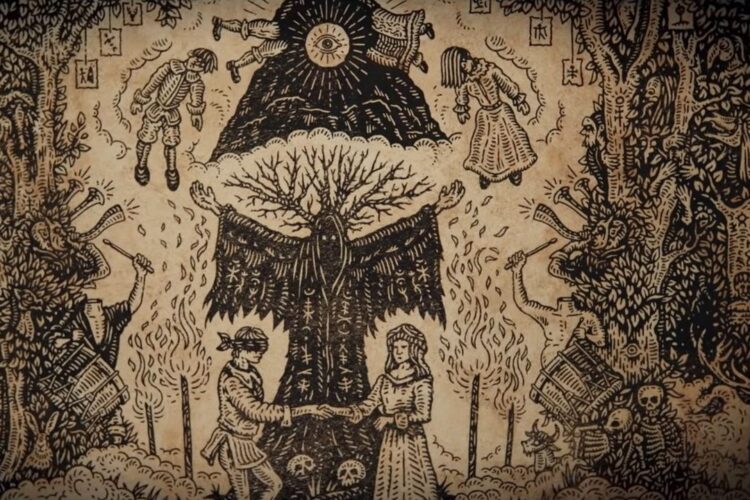
Climate Monsters: Chapter 8 - VEGANSTRUCTION, OR TALKING PLANTS
The chapter analyses recent plant-themed films, in which the vegetal nation shows a curious ability to communicate.
The CLIMATE MONSTERS can be purchased at the following locations
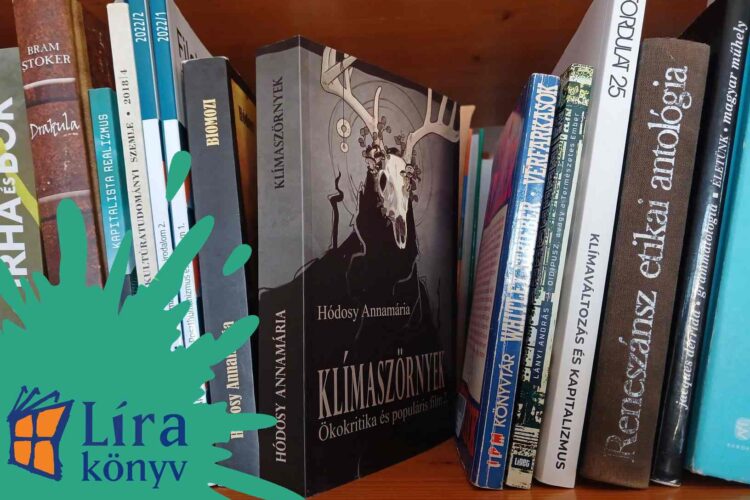
LÍRA (Bookstore)
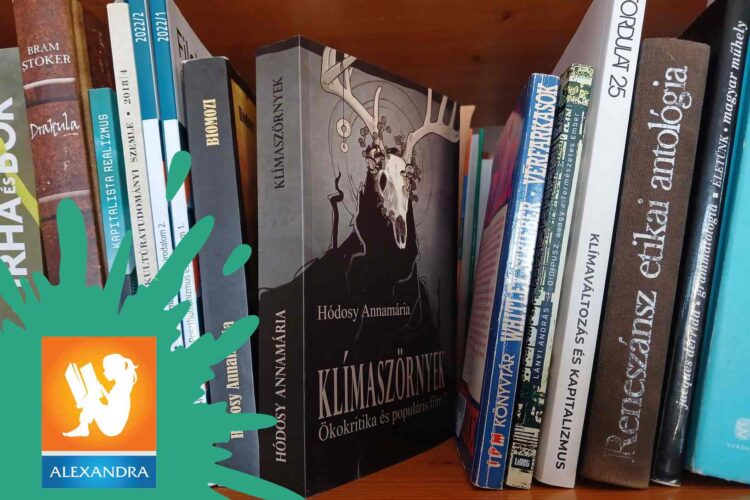
Alexandra Online Bookstore
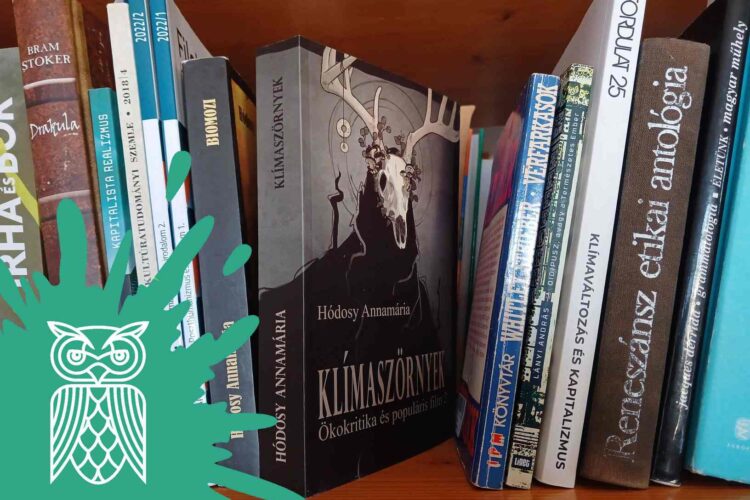
Antikvárium Online Bookstore
